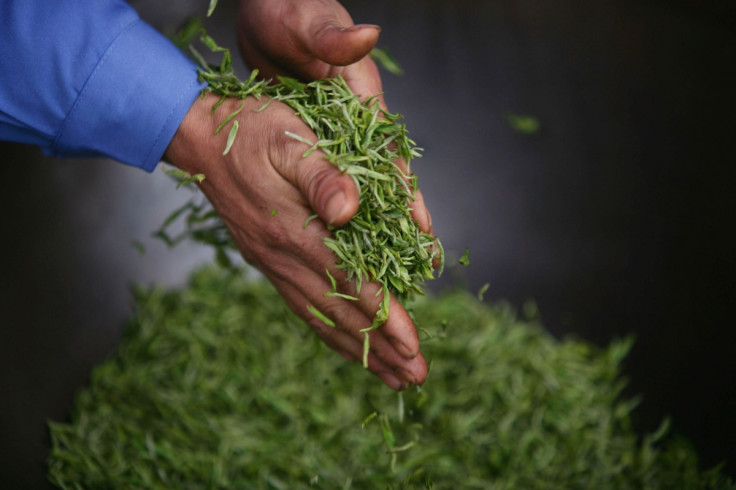World's oldest tea discovered from tomb of ancient Chinese emperor Liu Qi of Han dynasty

Archaeologists have discovered the world's oldest tea from among the treasures buried along with a Chinese emperor who ruled more than 2150 years ago. The new discovery was made by researchers from the Chinese Academy of Sciences.
A large packet of tea stashed away in the tomb of Emperor Jing of Han – personal name Liu Qi – of the Chinese Han dynasty was recovered by archaeologists. Scientific research shows Emperor Jing, the fourth emperor of the Western Han Dynasty enjoyed the drink so much that he wanted to be buried with tea leaves.
This also provides some of the earliest evidence for the ancient Silk Road trade route that grew to stretch across Asia from China to Europe, according to the Independent.
The research has been published in Nature's online open access journal Scientific Reports. So far, no tea of that antiquity has ever been found, the Independent reported. However, there is an ancient Chinese text that claimed China was exporting tea leaves to Tibet thousands of years ago.
"The discovery shows how modern science can reveal important previously unknown details about ancient Chinese culture. The identification of the tea found in the emperor's tomb complex gives us a rare glimpse into very ancient traditions which shed light on the origins of one of the world's favourite beverages," said Professor Dorian Fuller, Director of the International Centre for Chinese Heritage and Archaeology, based in UCL, London.
Since the emperor died in 141 BC, the tea dates back to around that year. Along with tea packets, other items were also discovered from the tomb.
Meanwhile, officials at the academy said that the tea discovered in the Emperor's tomb seem to be of the finest quality, consisting only tea buds – the small unopened leaves of the tea plant that is of superior quality as compared to ordinary tea leaves.
The team came to the conclusion by examining tiny crystals caught between hairs on the surface of the leaves. With the help of mass spectrometry, archaeologists were able to figure out that the leaves, buried along in the mid second century BC were actually tea.
Apart from the tea packets, scientific analysis of the Emperor's tomb revealed that millet, rice and chenopod – a type of a flowering plant – were also buried in his tomb. Other items included weapons, pottery figurines, an "army" of ceramic animals and several real life-size chariots along with horses.
The tomb is located near the Emperor Jing Di's capital Chang'an (modern Xian). Although the site was excavated back in the 1990s, it is only now that scientific examination of the organic finds has identified the tea leaves.
© Copyright IBTimes 2025. All rights reserved.





















